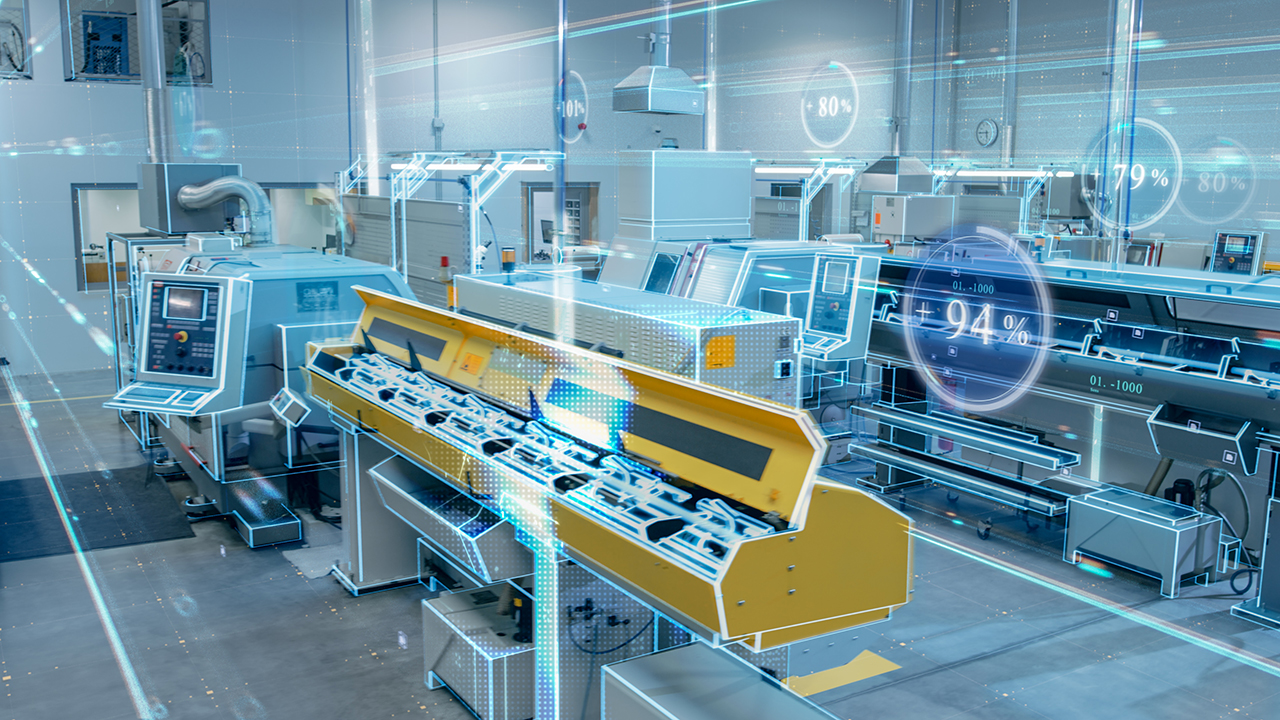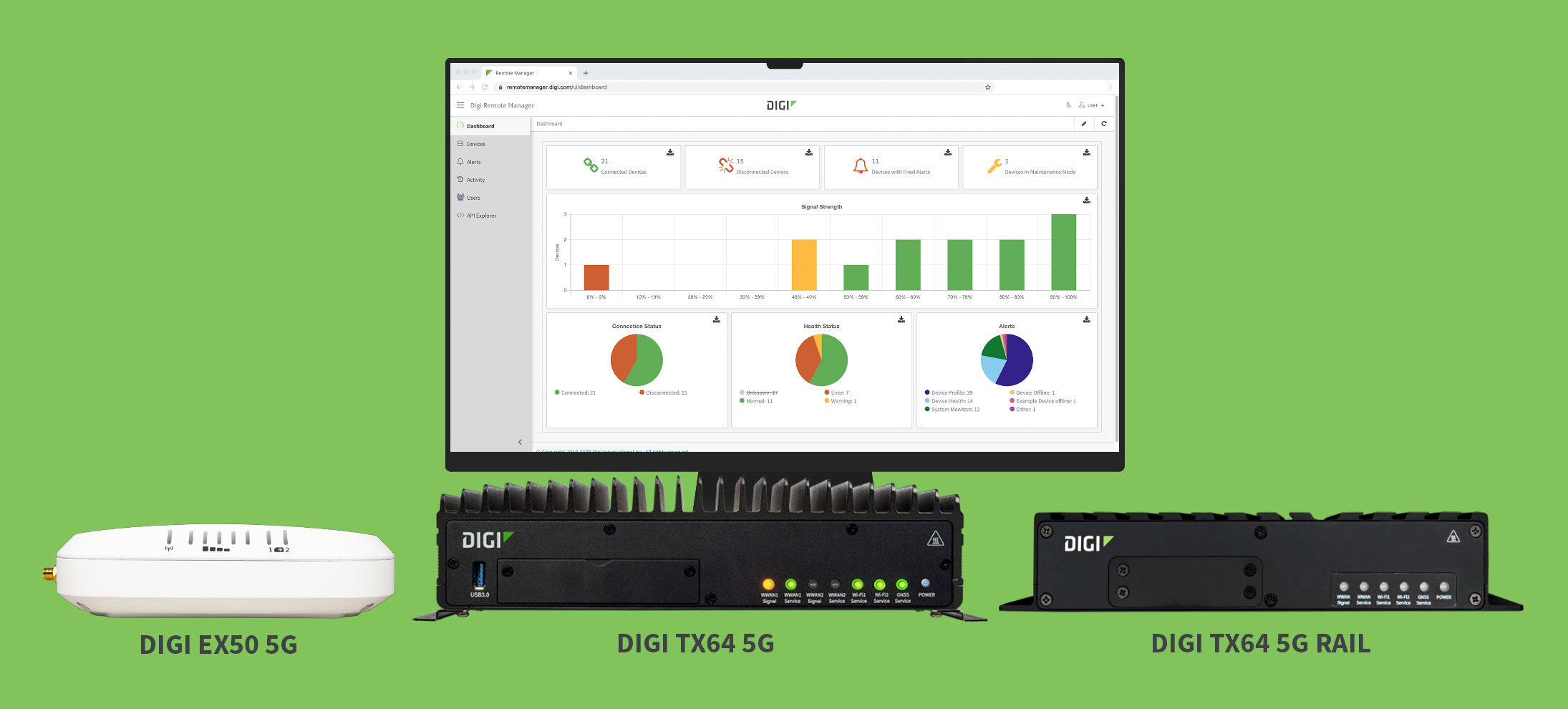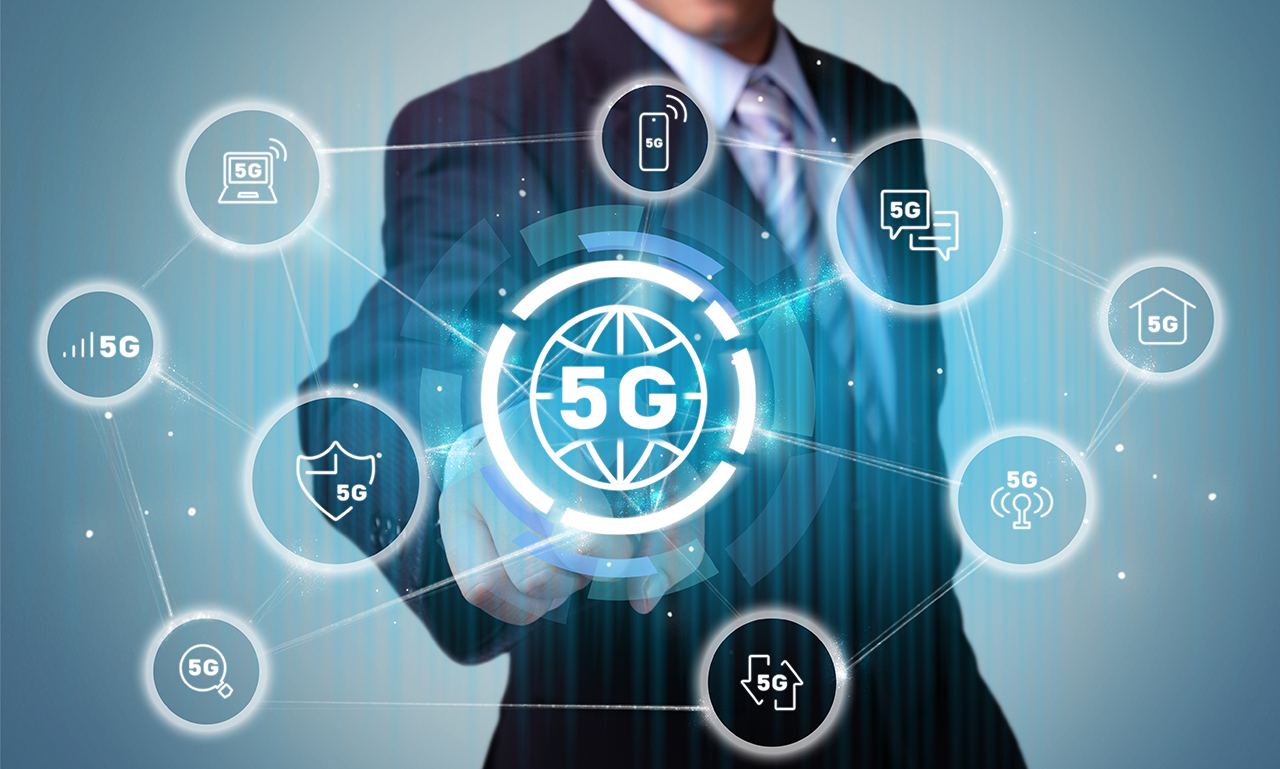By now, a quarter of people worldwide have experienced 5G via their mobile devices. Now retail and enterprise networks, light industrial applications such as manufacturing facilities, transportation systems and other vertical industries are ready to take advantage of the faster speeds, lower latency, and higher data throughput of 5G, as these enterprises transform their networks and migrate to 5G devices (native) and 5G-ready devices.
5G is a game changer for Internet of Things (IoT) applications in industrial and commercial operations, enabling many new use cases, from robotic automation on the factory floor to autonomous guided vehicles (AGVs) to real-time predictive maintenance applications, and faster, more secure network connectivity for businesses. In addition, as more organizations move toward hybrid or complete remote work models in the wake of COVID-19, it underscores the need for more secure and reliable wireless solutions, better connectivity, and faster data transfer speeds — all benefits that 5G delivers.

As of January 1, 2021, 5G network coverage was available for an
estimated 75% of the U.S. population and the number of 5G-capable devices is
expected to grow by more than 70 percent between now and 2026. This growth is driven mainly by industrial innovation, virtual reality (VR) and augmented reality (AR), machine learning (ML) and
artificial intelligence (AI), all part of the Industrial Internet of Things (IIoT) and Industry 4.0. It’s fueled as well by the trend towards connected ecosystems for monitoring and controlling systems and equipment in cities, buildings, transportation networks and public infrastructure.
The 5G implications for business and industry networking will be both broad and deep. It will be broad in the range of vertical industries affected, and deep in terms of the changes it will bring to those applications. In one word: it will be transformational.
What Can 5G Do for Business, Enterprise and Commercial Use Cases?

The benefits of 5G for businesses are vast. Let’s dive into some of the most significant ways that 5G business routers and networks will impact commerce.
1.Replace Expensive Wired Cable with Highly Reliable Cellular Connections
Building and maintaining wired connections is both labor intensive and expensive. Until now, however, many organizations chose wired over wireless connectivity because wired connections offered superior reliability and uptime in the absence of comparable wireless options. As 5G coverage increases and in the advent of private 5G networks, “cutting the cable” with cellular 5G business routers will be the preferred option in an increasing number of business applications. As a result, companies can expect to see faster time-to-value from their IoT initiatives, greater opportunity to eliminate costly wired installation and maintenance, and increase network uptime and resilience.
2.Improve Data Transmission Speed
Data transmission speeds are exponentially higher with 5G, compared to 4G LTE. For example, while 4G is typically capable of delivering speeds of up to 100 Mbps, 5G promises speeds of 1 Gbps or more, in some cases achieving multi-gigabit speeds in large venues and in city centers. The primary benefit of 5G’s higher speed, however, is not in time savings but in the much greater volume of data that networks can carry over the same amount of bandwidth with 5G. This dramatically increases the practicality of applying analytical processing or even AI to all that data.
While this is good news for consumers, it’s an even bigger advantage for industrial applications, such as factory automation in the era of Industry 4.0. As technologies like ML and AI continue to advance, downloading the volumes of data produced will require faster and more flexible networks to achieve the desired results. 5G makes that possible.
3.Lower Latency Enables Business Improvements
Latency refers to the amount of time that elapses from the moment that data is sent to the moment it is received. Latency is responsible for the delays we sometimes experience in phone calls or video conferences. The ultra-low latency that is possible with 5G communication is essential in a variety of applications, for example, in autonomous vehicles, where saving critical milliseconds is a matter of life or death. Reducing latency makes autonomous vehicles safe enough to be practical by enabling virtually instantaneous communication between vehicles on the road, as well as between vehicles, traffic signals and intersections.
In industries with operations at remote worksites, low latency 5G connections allow companies to maintain a high level of service and worker safety, while increasing time reducing time to resolution and operational cost. For example, a new technician on a job could be directly supervised and instructed by a top professional via augmented reality (AR) or virtual reality (VR) without the added expense of sending the expert out to the-site.
4.Increase Device Capacity
Network device capacity on 4G networks is a fraction of what 5G can handle; think one million devices, wearables and sensors on 5G versus 1,000 on 4G, and you’ll have some idea of the scope. The added capacity that 5G for business offers enables companies to scale their IoT deployments like never before. 5G for business offers better reliability and insights that would not be possible using previous wireless network technologies.
5.Enable New Business Models
Innovation is fueled with 5G, providing a solid foundation for capabilities like remote surgery in hospitals and remote applications for various other forms of highly skilled work. Wearable technology will find new markets in health and fitness. And automation will expand into any number of new safety and convenience product features.
These are just some of the avenues for innovation offered by 5G that will positively impact our way of life and the livelihoods of generations to come.
Industries that Will Benefit from 5G Devices

We’ve looked at the capabilities offered by the speed and advanced capabilities of 5G business routers. Now let’s take a look at some specific industries where those capabilities will be applied.
- Manufacturing and light industrial: Smart factories will greatly expand the number of sensors used to monitor every aspect of the manufacturing process. 5G makes it possible to monitor more performance parameters along the assembly line, collecting more granular information about the performance of machines and processes. With the aid of ML and AI, 5G networks will enable constant incremental refinement, improving quality and productivity and lowering costs.
- Healthcare: When an ambulance is called, every second counts. With 5G, hospital doctors can work with field paramedics to diagnose the patient before and during transport, using high-resolution video and patient telemetry, saving precious time and in some cases lives. In addition, with 5G, telehealth services can be expanded, especially into rural areas.
- Retail: 5G technology can be used to expand the use of mobile apps and enable new services that will attract customers, such as the ability to “try on” clothes using VR and AR dressing rooms. 5G’s high-speed, high-volume flow of information makes it possible to offer more personalized services to retail customers. IoT sensors can also be used to aid in restocking and tracking the flow of inventory.
- Traffic management: 5G traffic management technologies can provide enormous benefits to the public in terms of safety and convenience. FirstNet Ready™ IoT solutions provide priority communications for emergency vehicles and first responders, while IoT applications help to speed and smooth traffic flow and increase productivity by reducing the amount of time people waste in traffic daily. And as electric vehicles (EVs) and smart cities get equipped with 5G-based vehicle-to-everything (V2X) technology, traffic accidents and fatalities will be reduced.
- Transit: 5G connectivity enables improvements in several areas of public transit. Transactional data for payment and ticketing, as well as real-time information on vehicle capacity, scheduling and routing can all be transmitted more efficiently and in greater detail. 5G networks can also carry large volumes of performance and operational data, plus streaming digital signage and passenger Wi-Fi services.
- Work from home: Whether business enterprises have adopted a hybrid or a full remote working model, keeping networks secure has become an even larger challenge. Drop-in 5G routers today can provide managed, commercial-level connectivity and security for work-from-home employees with the help of 5G connectivity for the home office. 5G capabilities can benefit companies and employees in a variety of remote work scenarios for a distributed workforce.
Digi 5G Solutions for Business, Industry and Transportation

Digi is continually innovating and expanding our product line-up to meet the needs of enterprise, commercial, industrial and government businesses. Today, with the rapid expansion of 5G, it is the perfect time to evaluate 5G devices with 4G fallback.
Here is a brief introduction to Digi’s 5G solutions:
- Digi EX50 5G: 5G go-to cellular router with 5G/4G dual connectivity and Wi-Fi 6 for organizations requiring fast, reliable, and secure primary or backup enterprise branch office connectivity. This solution is ready for new use cases such as 5G network slicing, SD-WAN, 4K/8K cameras and AR/VR. With an extended operating temperature range, Digi EX50 5G supports a vast range of enterprise and light industrial use cases, including connectivity for enterprise, retail, manufacturing and warehousing.
- Digi TX64 5G: High performance 5G router with dual redundant communications for complex transit and transportation systems. Digi TX64 5G is FirstNet Ready™, and built with a with powerful quad-core processor, and dual redundant communications for segmented private and public data communication across 5G NR Sub-6 GHz and 4G LTE-Advanced Pro radios – supporting bus, light rail, paratransit and emergency vehicle communications.
- Digi TX64 5G Rail: 5G railway-rated cellular router purpose-built and certified for both on-board heavy and light rail railways and metros. Digi TX64 5G Rail is FirstNet Ready™, and built with a high-speed 5G NR cellular radio as well as 4G LTE-Advanced Pro Cat 20 and 3G fallback. It offers wired Gigabit M12 Ethernet (4-port) for onboard systems, dual concurrent Wi-Fi 5 radios, and Untethered Dead Reckoning GNSS, combining GNSS with inertial sensors for location services anywhere, including tunnels and urban canyons.
These complete solutions include highly-integrated security with Digi TrustFence®, high-reliability with Digi SureLink®, and – most importantly – Digi Remote Manager® the highly secure remote device monitoring and management platform that gives IT managers 24/7 insights and control over their widely distributed device networks. Additionally, Digi Professional Services are available to support rapid integration and deployment for installations of any size.
Final Thoughts on 5G for Business and Industry

The build-out of 5G networks is ongoing, and the applications and use cases that take advantage of the higher performance and throughput of 5G are also rapidly expanding. We will see this space evolving quickly over the coming years as 5G coverage and hardware availability expands to meet the demand.
In terms of innovation enablement, the capabilities 5G presents will fuel the development of new products and services, and begin to deliver value quickly. 5G will help enable more efficient energy grids and infrastructure that can run with minimal human intervention. 5G will also enable connected cities, connected buildings, autonomous vehicles, and a transformation in how we deliver and receive healthcare.
Digi stands at the forefront of the effort to bring 5G to businesses, including enterprise, industry, and transportation applications. Our 35-year reputation for quality, reliability, security and scalability provides a strong foundation that organizations in diverse industries need to harness the business advantages that 5G has to offer.
Reach out today, and let’s talk about your project. We can show you how 5G can advance your initiatives, add value, and help chart your course into the future.
Next Steps